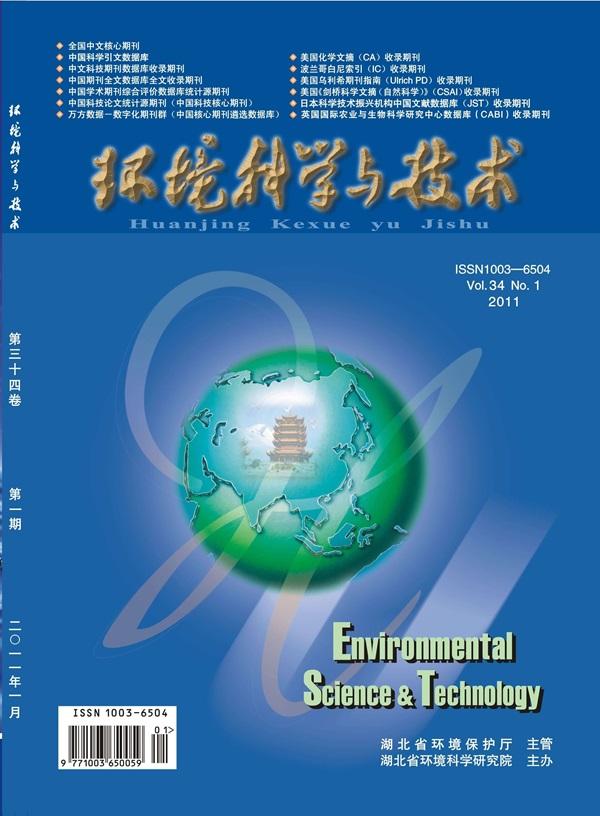Mercury Transport, Transformation and Accumulation Recorded by Stable Isotopes during Retreated Glacier Chronosequence of 250 Years
IF 10.8
1区 环境科学与生态学
Q1 ENGINEERING, ENVIRONMENTAL
引用次数: 0
Abstract
Vegetative development in regions where glaciers retreated due to global warming forces the mercury (Hg) cycle in the cryosphere. This study depicts the fate of Hg in a glacier-retreated chronosequence over the last 250 years recorded by signals of stable Hg isotopes. Results show that the Hg storage in surface soil increases by 3.2 times over 250 years after the glacier retreated. 53 ± 11% of Hg in grass shoots is from the uptake of atmospheric Hg0 and 47 ± 11%, from the uptake of soil Hg. Atmospheric Hg2+ is the primary source of surface soil Hg (54 ± 13%), followed by atmospheric Hg0 (40 ± 10%) and geogenic Hg. The Hg accumulation in soils increased by a factor of 5 at an accelerating rate from the 1870s to 2010s. The Hg release flux from melting glaciers is 3.51 ± 0.01 μg m–2 yr–1. The highly positive Δ199Hg (1.03 ± 0.49‰) in precipitation due to photoreduction of Hg2+ in water droplets causes all samples in ecosystems to have positive Δ199Hg values. Isotopic evidence suggests that photolytic and abiotic dark reduction processes have driven Hg0 re-emission from glacier and underlying soil after melting. The accelerated Hg release from melting glaciers and soil Hg accumulation caused by global warming alter Hg cycling in the cryosphere.

求助全文
约1分钟内获得全文
求助全文
来源期刊

环境科学与技术
环境科学-工程:环境
CiteScore
17.50
自引率
9.60%
发文量
12359
审稿时长
2.8 months
期刊介绍:
Environmental Science & Technology (ES&T) is a co-sponsored academic and technical magazine by the Hubei Provincial Environmental Protection Bureau and the Hubei Provincial Academy of Environmental Sciences.
Environmental Science & Technology (ES&T) holds the status of Chinese core journals, scientific papers source journals of China, Chinese Science Citation Database source journals, and Chinese Academic Journal Comprehensive Evaluation Database source journals. This publication focuses on the academic field of environmental protection, featuring articles related to environmental protection and technical advancements.
 求助内容:
求助内容: 应助结果提醒方式:
应助结果提醒方式:


